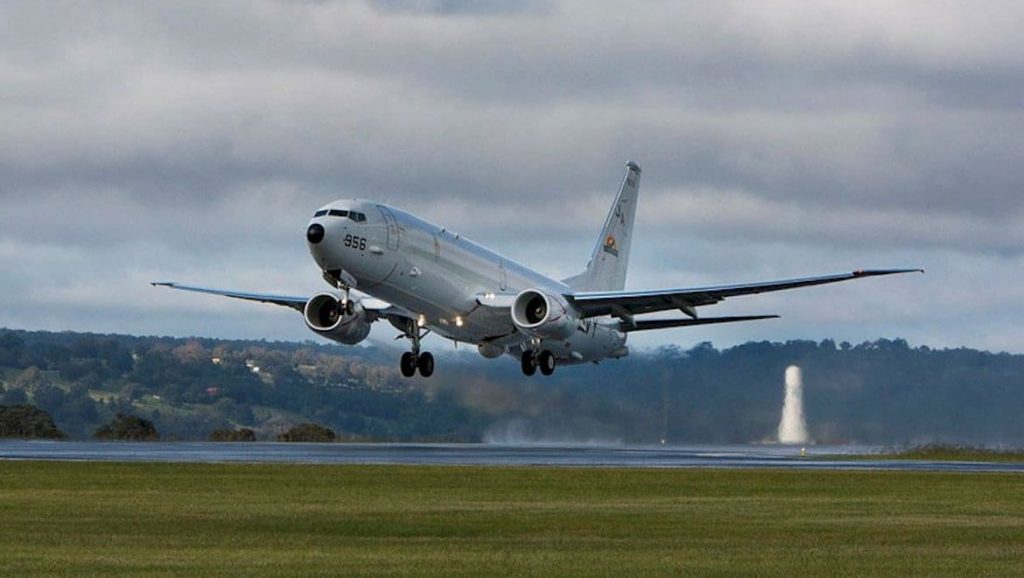
Boeing has announced that it has delivered its 150th P-8 Poseidon maritime patrol aircraft, marking the latest milestone for the defence and aerospace company’s ISR platform.
The latest aircraft was delivered to the US Navy’s Air Test and Evaluation Squadron VX-1, based at Naval Air Station Patuxent River, Maryland.
The newest aircraft took flight over Puget Sound in the Pacific Northwest.
“There are now 150 P-8s around the world delivering confidence and an unmatched capability to our global customers,” said Stu Voboril, vice president and program manager, P-8 Programs.
“Our focus has been, and will be, on delivering the world’s best maritime patrol aircraft.”
The platforms are deployed for anti-submarine warfare, anti-surface warfare, intelligence, surveillance and reconnaissance (ISR), and search and rescue.
The global P-8 Poseidon fleet, which has clocked over 450,000 mishap-free flight hours, includes 112 aircraft delivered to the US Navy, 12 to Australia, 12 to India, nine to the United Kingdom and five to Norway.
The 150-strong global fleet excludes six test aircraft provided to the US Navy during the initial stages of the program, used by Boeing to assess capabilities and performance.
For the last two years, the US Naval Air Systems Command (NAVAIR) has been quietly enhancing the strike capability of its Boeing P-8A Poseidon platforms.
In 2020, NAVAIR requested a solicitation for information from industry to “determine potential contractors who have the skills, experience, qualifications, and knowledge required to perform aeromechanical and software integration of the Long Range Anti-Ship Missile (LRASM) onto the P-8A aircraft”.
The NAVAIR solicitation also included a request for industry to provide feedback on the integration of a range of additional weapons systems into the Poseidon platform, including “500-pound (226-kilogram) to 2,000-pound (907-kilogram) class of Joint Direct Attack Munition (JDAM) variants, Mk62/63/65 mines, Small Diameter Bomb (SDB-II), Miniature Air Launched Decoy (MALD), Bomb Rack Unit BRU-55, and Universal Armament Interface (UAI).
Engineering tasks for this effort includes, but are not limited to, upgrades to the Boeing Tactical Open Mission Systems (TOMS) and Stores Management Computer (SMC) software and interfaces, test planning, execution, data reduction, and reporting on flight test efforts”.
The P-8A Poseidon has advanced sensors and mission systems, including a state-of-the-art multi-role radar, high definition cameras, and an acoustic system with four times the processing capacity of the AP-3C Orions.
It is based on the proven commercial designs of Boeing’s 737-800 fuselage, but has been substantially modified to include:
- A weapons bay;
- Under wing and under fuselage hard points for weapons;
- Increased strengthening for low level (down to 200 feet) operations and high angle turns, and
- Air-to-air refuelling capabilities.
The P-8A aircraft has an extensive communications system including radios and data links across VHF, UHF, HF, and SATCOM.
An internal fuel capacity of almost 34 tonnes allows the P-8A to conduct low level anti-submarine warfare missions at a distance of greater than 2,000 kilometres from base.












